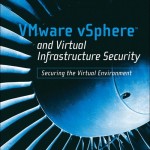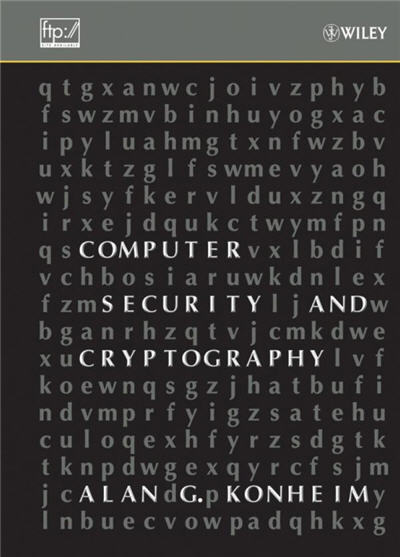Introduction
In today’s digital age, the importance of cyber-security cannot be overstated. With threats evolving at an unprecedented rate, organizations need to be proactive in their approach to safeguarding their assets. “We Need To Talk: 52 Weeks To Better Cyber-Security” by L. Brent Huston offers a comprehensive guide to navigating the complex world of cyber-security. We sat down with the author to delve deeper into the inspiration, content, and significance of this book.
Interview
Q1: What inspired you to write “We Need To Talk: 52 Weeks To Better Cyber-Security”?
A1: As a virtual CISO and 30+ year security practitioner, I know how important it is to keep the security team engaged with one another, encourage open discussions, and do continual learning. I wrote the book to give security teams a good basis for these discussions every week for a year. Covering the basics and letting the team discuss sticking points and areas for improvement has led my clients to identify some interesting trends and rapidly mature their security programs. I think, literally, “We Need To Talk”. We need it as practitioners, individuals, teams, and organizations. This is a stressful, detail-oriented, rapid-change business, and talking helps nearly everyone involved.
Q2: Why did you feel it was essential to provide such a comprehensive view of cyber-security?
A2: So much of what we do is complex and touches multiple areas of our organization that we must bring the basics to each. I picked the topics for discussion in the book to address the high-level, technical, and procedural controls that almost every organization needs. I threw in some of the more tenacious topics I’ve encountered in my career and a few curve balls that have bitten us over the years. Information security and risk management are broad-spectrum careers, and we need a broad spectrum of topics to help security teams be successful.
Q3: Can you elaborate on how the structure of the book facilitates this year-long journey?
A3: This is a great question. The book idealizes a weekly security team meeting where the team discusses one of the topics and why it is relevant and then works through a series of questions to help them hone and refine their security program. The book includes a topic for each week, appropriate background information about that topic, and a set of questions for discussion by the team. As I piloted the book with my clients, it became clear that these were ultra-powerful discussions and led to some amazing insights. I knew then that I had to write and put the book out there to benefit security teams and practitioners.
Q4: How did leveraging AI tools shape the content and structure of the book?
A4: I used several AI tools to help generate the content of the book. It was written programmatically, in that I wrote some programming to leverage an AI backend to generate the questions and background information for each topic. I then adjusted the code and moderated the output until I got the book I wanted. It took a while, but it was fantastic when completed. I wanted to experiment with writing with AI tools, and since I knew the book I wanted to create had a specific format and content, it seemed like a good experiment. Ultimately, I learned much about working with AI and using Grammarly for editing and self-publishing. I have been absolutely thrilled with the response to the book and how the experiment turned out. In fact, it gave birth to another project that I am just beginning and will pave the way for some exciting new breakthroughs in how to work with AI tools in the coming years.
Q5: What is the one core message or lesson from your book that you’d like security teams to take away?
A5: The one takeaway I would have them consider is that discussion among the security team can really help a lot of the team members and the organization at large. We need to talk more about the work we do, both inside our teams and to the other teams we work with across the enterprise. The more we discuss, the more likely we can support each other and find the best solutions to our common problems and issues. Implementing the strategies, tactics, and insights we discover along the way might just be the change we need to make information security more effective, easier to manage, and even more fun!
Summary
L. Brent Huston’s “We Need To Talk: 52 Weeks To Better Cyber-Security” is more than just a book; it’s a roadmap for security teams to navigate the intricate maze of cyber-security. Through structured discussions, the book aims to foster collaboration, understanding, and growth among security professionals. With the unique blend of AI-generated content and Huston’s vast experience, this book promises to be an invaluable resource for those in the field.
* Just to let you know, we used some AI tools to gather the information for this article, and we polished it up with Grammarly to make sure it reads just right!




